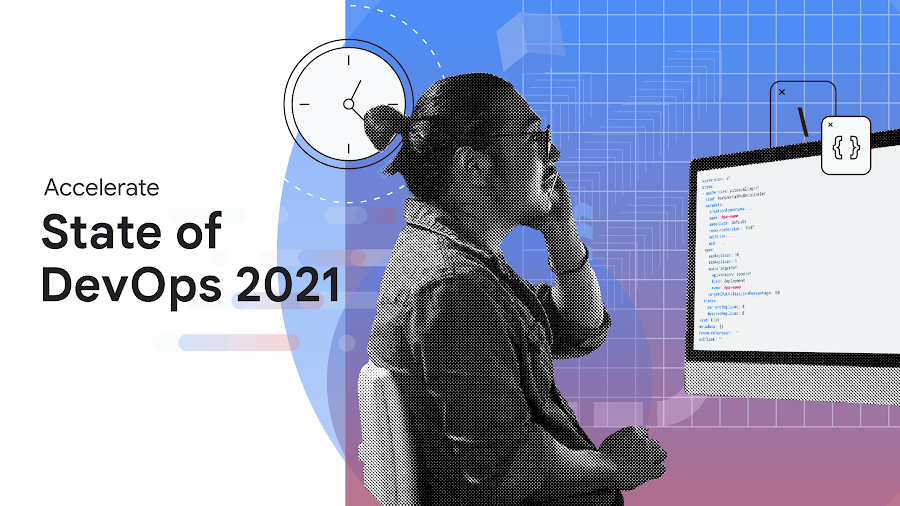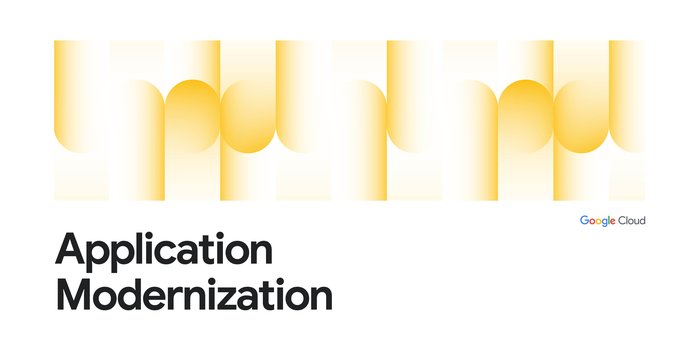Introducing Google Cloud Deploy: Managed continuous delivery to GKE
Victor Szalvay
Product Manager
S. Bogdan
Product Manager
Try Google Cloud
Start building on Google Cloud with $300 in free credits and 20+ always free products.
Free trialContinuous delivery is frequently top-of-mind for organizations adopting Google Kubernetes Engine (GKE). However, continuous delivery —deploying container image artifacts into your various environments—remains complex, particularly in Kubernetes environments. With little in the way of accepted best practices, building and scaling continuous delivery tooling, pipelines, and repeatable processes is hard work that requires a lot of on-the-job experience.
It doesn’t have to be this way.
Today, we are pleased to announce Google Cloud Deploy, a managed, opinionated continuous delivery service that makes continuous delivery to GKE easier, faster, and more reliable.

Solving for continuous delivery challenges
Google Cloud Deploy is the product of discussions with more than 50 customers to better understand the challenges they face doing continuous delivery to GKE. From cloud-native to more traditional businesses, three themes consistently emerged: cost of ownership, security and audit, and integration.
Let’s take a deeper look at these challenges and how we address them with Google Cloud Deploy.
Cost of ownership
Time and again we heard that the operational cost of Kubernetes continuous delivery is high. Identifying best and repeatable practices, scaling delivery tooling and pipelines, and staying current—to say nothing of maintenance—is resource-intensive and takes time away from the core business.
“We can’t afford to be innovating in continuous delivery,” one customer told us. “We want an opinionated product that supports best practices out of the box.”
Google Cloud Deploy addresses cost of ownership head-on.
As a managed service, Google Cloud Deploy eliminates the scaling and maintenance responsibilities that typically come with self-managed continuous delivery solutions. Now you can reclaim the time spent maintaining your continuous delivery tooling and spend it delivering value to your customers.
Google Cloud Deploy also provides structure. Delivery pipelines and targets are defined declaratively and are stored alongside each release. That means if your delivery pipeline changes, the release’s path to production remains durable. No more time lost troubleshooting issues on in-flight releases caused by changes made to the delivery pipeline.
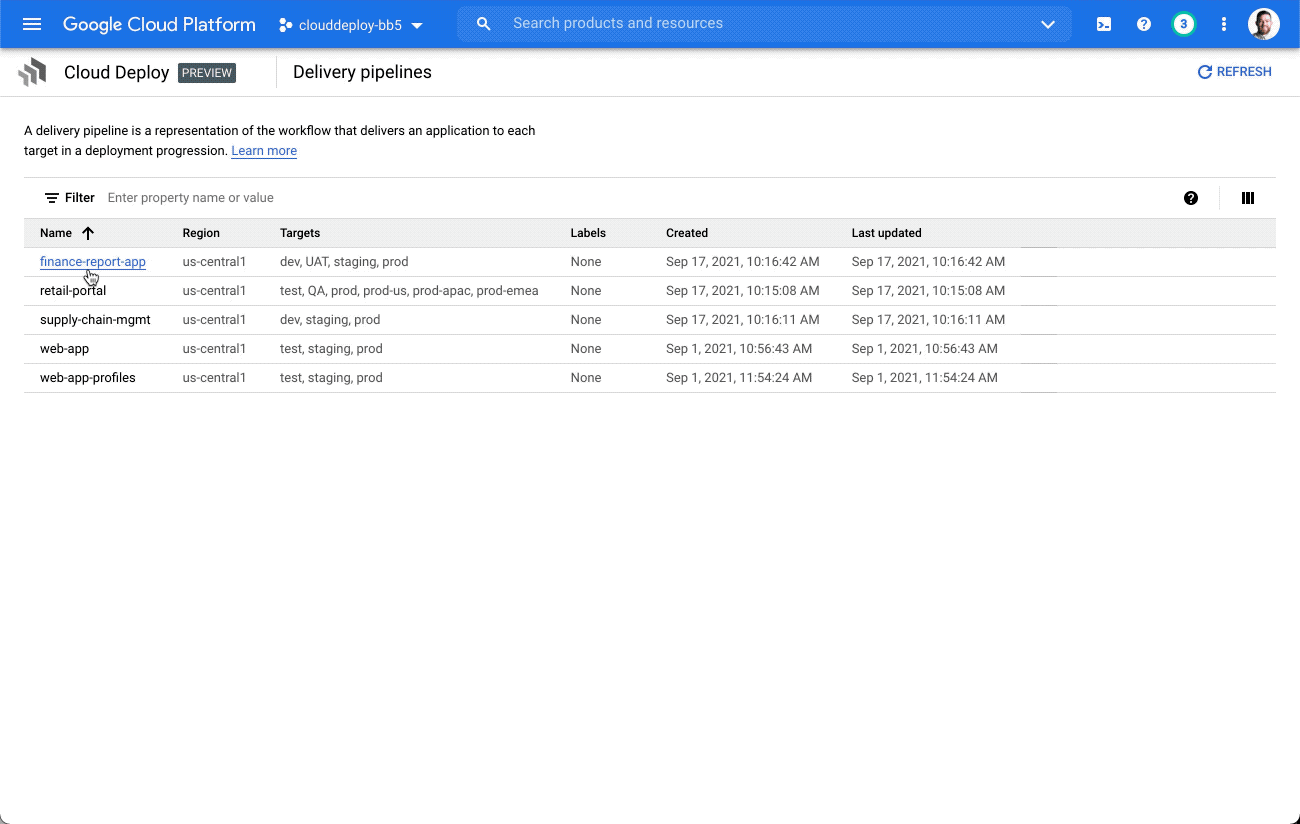

We have found that a variety of GKE roles and personas interact with continuous delivery processes. A DevOps engineer may be focused on release promotion and rollback decisions, while a business decision maker thinks about delivery pipeline health and velocity. Google Cloud Deploy’s user experience keeps these multiple perspectives in mind, making it easier for various personas to perform contextualized reviews and make decisions, improving efficiency and reducing cost of ownership.
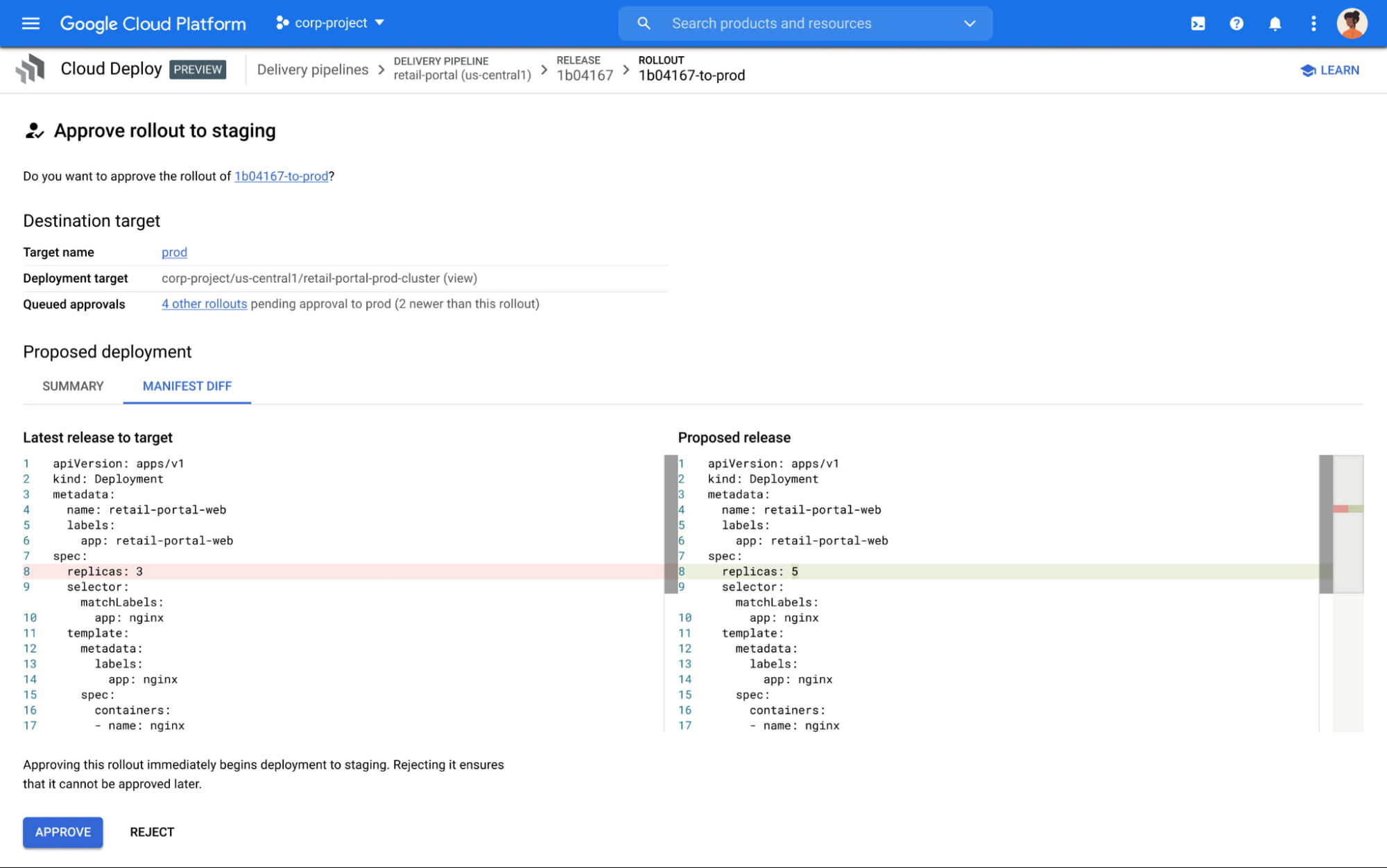

Security and audit
Lots of different users interact with a continuous delivery system, making a variety of decisions. Not all users and decisions carry the same authority, however. Being able to define a delivery pipeline and make updates doesn’t always mean you can create releases, for example, nor does being able to promote a release to staging mean you can approve it to production. Modern continuous delivery is full of security and audit considerations. Restricting who can access what, where, and how is necessary to maintain release integrity and safety.
Throughout, Google Cloud Deploy enables fine-grained restriction, with discrete resource access control and execution-level security. For additional safeguards against unwanted approvals, you can also take advantage of flow management features such as release promotion, rollback, and approvals.
Auditing with Google Cloud Deploy works just like it does for other Google Cloud services. Cloud Audit Logs audits user-invoked Google Cloud Deploy activities, providing centralized awareness into who promoted a specific release or made an update to a delivery pipeline.
Integration
Whether or not you already have continuous delivery capabilities, you likely already have continuous integration (CI), approval and/or operation workflows, and other systems that intersect with your software delivery practices.
Google Cloud Deploy embraces the GKE delivery tooling ecosystems in three ways: connectivity to CI systems, support for leading configuration (rendering) tooling, and Pub/Sub notifications to enable third-party integrations.
Connecting Google Cloud Deploy to existing CI tools is straightforward. After you build your containers, Google Cloud Deploy creates a delivery pipeline release that initiates the Kubernetes manifest configuration (render) and deployment process to the first environment in a progression sequence. Whether you are using Jenkins, Cloud Build, or another CI tool, this is usually a simple `gcloud beta deploy releases create`.
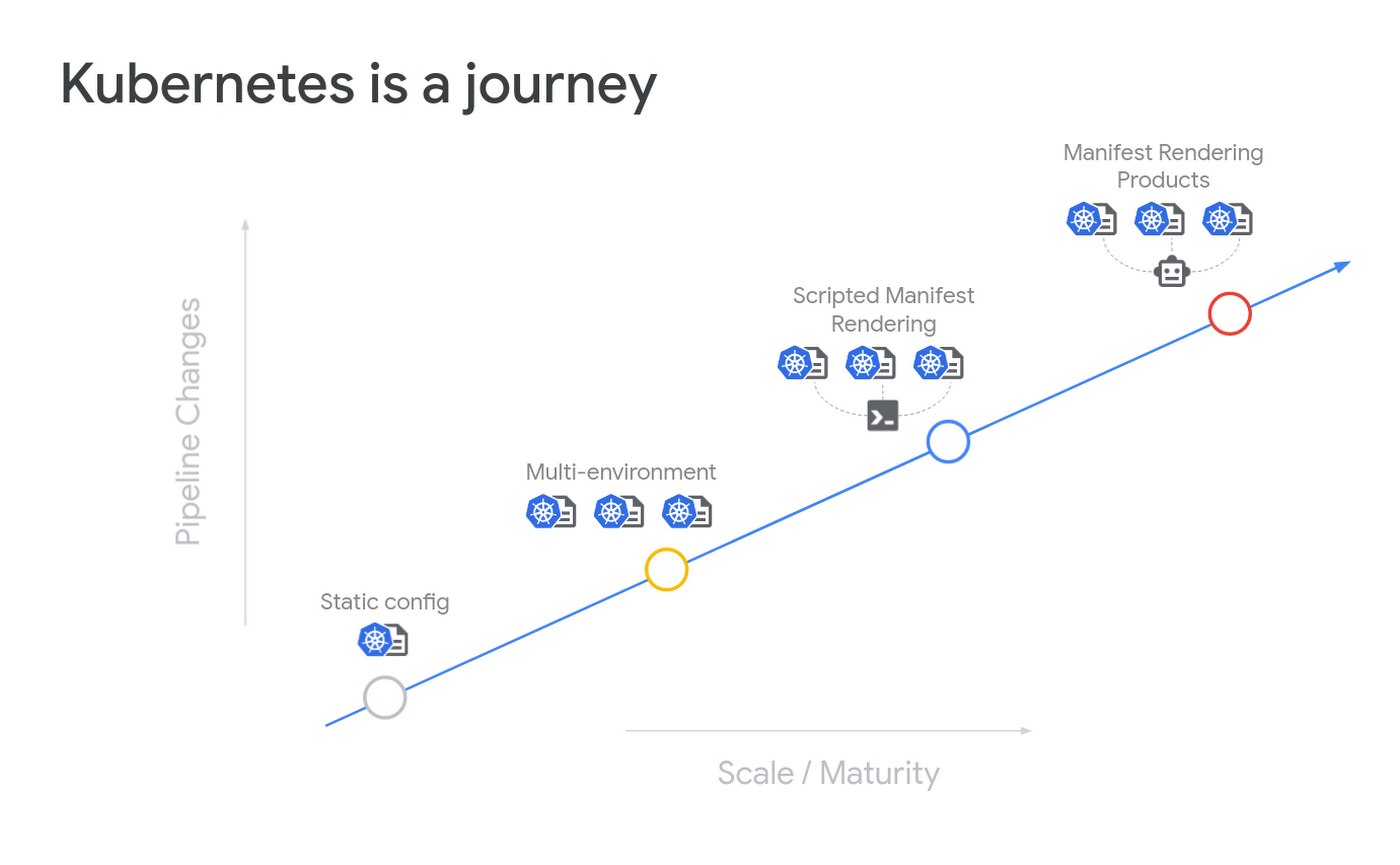

Delivering to Kubernetes often changes over time. To help, Google Cloud Deploy leverages Skaffold, allowing you to standardize your configuration between development and production environments. Organizations new to Kubernetes typically deploy using raw manifests, but as they become more sophisticated, may want to use more advanced tooling (Helm, Kustomize, kpt). The combination of Google Cloud Deploy and Skaffold lets you transition to these tools without impacting your delivery pipelines.
Finally, to facilitate other integrations, such as a post-deployment test execution or third party approval workflows, Google Cloud Deploy emits Pub/Sub messages throughout a release’s lifecycle.
The future
Comprehensive, easy-to-use, and cost-effective DevOps tools are key to building an efficient software development team, and it’s our hope that Google Cloud Deploy will help you complete your CI/CD pipelines. And we’re just getting started! Stay tuned as we continue to introduce exciting new capabilities and features to Google Cloud Deploy in the months and quarters to come.
In the meantime, to get started with the Preview, check out the product page, documentation, quickstart, and tutorials. Finally, If you have feedback on Google Cloud Deploy, you can join the conversation. We look forward to hearing from you!

